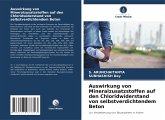
Broschiertes Buch
zur Verbesserung von Bauarbeiten in Indien
11. August 2024
Verlag Unser Wissen

Broschiertes Buch
Minerals admixtures on the chlorides resistance of Self Compacting Concrete for better construction works in India
27. Februar 2024
LAP LAMBERT Academic Publishing
Broschiertes Buch
per migliorare le opere di costruzione in India
11. August 2024
Edizioni Sapienza
Broschiertes Buch
para mejorar las obras de construcción en la India
11. August 2024
Ediciones Nuestro Conocimiento
Broschiertes Buch
pour l'amélioration des travaux de construction en Inde
11. August 2024
Editions Notre Savoir
Broschiertes Buch
para melhorar as obras de construção na Índia
11. August 2024
Edições Nosso Conhecimento
Ähnliche Artikel

Broschiertes Buch
dlq uluchsheniq stroitel'nyh rabot w Indii
11. August 2024
Sciencia Scripts
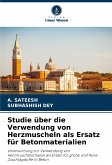
Broschiertes Buch
Untersuchung zur Verwendung von Herzmuschelschalen als Ersatz für grobe und feine Zuschlagstoffe in Beton
28. Juli 2024
Verlag Unser Wissen
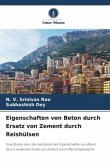
Broschiertes Buch
Eine Studie über die mechanischen Eigenschaften von Beton durch teilweisen Ersatz von Zement durch Reisschalenasche
9. April 2024
Verlag Unser Wissen
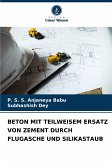
Broschiertes Buch
27. Juni 2024
Verlag Unser Wissen

Broschiertes Buch
Eine experimentelle Studie über die mechanischen Eigenschaften von hybridem faserverstärktem Beton
10. Mai 2024
Verlag Unser Wissen
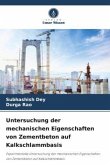
Broschiertes Buch
Experimentelle Untersuchung der mechanischen Eigenschaften von Zementbeton auf Kalkschlammbasis
8. August 2024
Verlag Unser Wissen
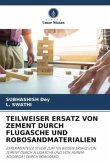
Broschiertes Buch
EXPERIMENTELLE STUDIE ZUM TEILWEISEN ERSATZ VON ZEMENT DURCH FLUGASCHE UND VON FEINEM AGGREGAT DURCH ROBOSAND
23. April 2024
Verlag Unser Wissen
Ähnlichkeitssuche: Fact®Finder von OMIKRON
